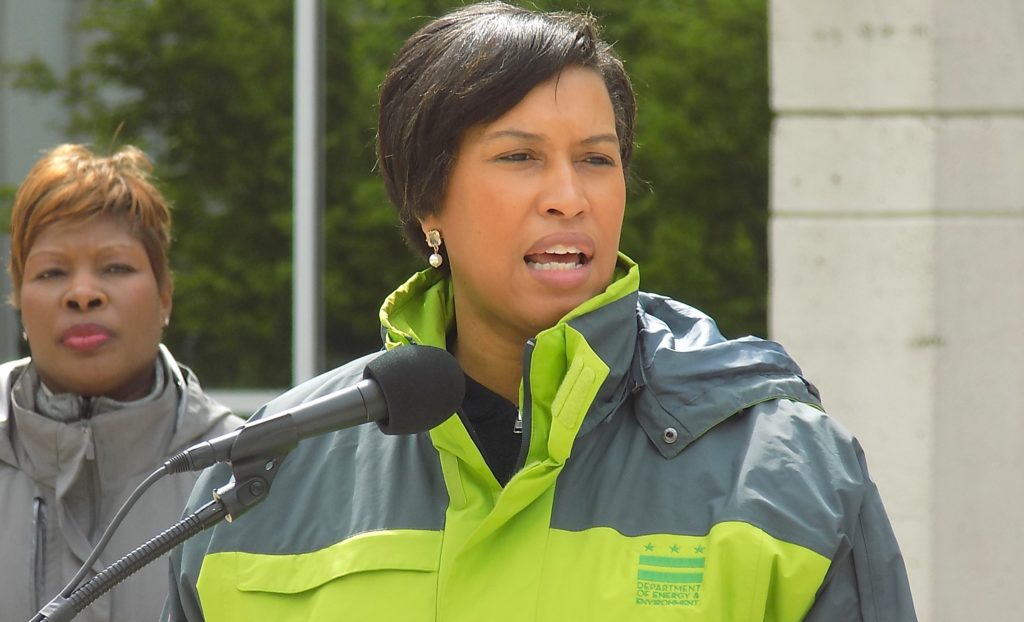Coronavirus Hits D.C. Wards Differently
By • April 2, 2020 0 2369

The District, like the country, is preparing for a surge of sick and dying residents as the coronavirus pandemic takes hold. But what does that mean locally? A report on the cases in each of the District’s eight wards, issued on April 1 by the mayor’s office, gives the starting point.
Overall, according to the report, 586 positive cases of COVID-19, the disease caused by the novel coronavirus, had been recorded in the District; 91 were newly announced on Wednesday morning. Of the 586 cases, 80 (14 percent) were serious enough to require hospitalization. Half of the persons who tested positive were under the age of 40.
Of the 586 cases, 12 (two percent) have resulted in death. (The nationwide mortality rate is currently reported to be five percent.) In the District, there have been 142 recorded recoveries so far, including the Rev. Tim Cole, rector of Christ Church, Georgetown. Cole was the first person in D.C. diagnosed and hospitalized with a severe case of COVID-19. He returned home disease-free on March 31 to begin a 15-day at-home quarantine.
According to the report, Ward 2, in which Georgetown is located, had 60 cases, as did Ward 7 — the second lowest number in the District. Ward 8 had the lowest number with 44 cases. “That is probably due to the fact that … east of the Anacostia River has also had the least testing,” said Mayor Muriel Bowser at an April 2 press briefing.
The mayor was reporting from a newly established drive-in test center at Anacostia’s United Medical Services site, set to open on Friday, April 3. With additional testing, the numbers of cases there are expected to increase, as elsewhere.
As of April 1, Ward 6 was reported to have the highest number of cases in the District: 101. Ward 4 had 85, Ward 5 had 76 and Wards 1 and 3 had 70 each.
The District is gearing up with equipment and procedures to deal with the increasing number of cases. But mostly it is counting on stringent adherence to the mayor’s stay-at-home and social distancing orders to keep the numbers down.
The stay-at-home order, issued on March 30, specified that residents could only leave their residences to engage in essential activities, including obtaining medical care that cannot be provided through telehealth, and to obtain food and essential household goods. Residents can also leave home to perform or access essential governmental functions like the post office, work at essential businesses (credentialed newspaper reporters are included, as are regular full-time babysitters), engage in essential travel or engage in allowable recreational activities.
The following activities are considered allowable recreation, either alone or with live-in family members: walking (including with pet dogs), hiking, gardening, golfing and playing tennis. But on April 2, District park officials were removing all tennis nets and basketball hoops from public parks. “That’s because it is hard to enforce the six-foot social distancing, family-members-only and no-social-gatherings requirements when participating in those sports,” Bowser said.
With more testing, the numbers of positive cases, severe illnesses and deaths — as well as the recovery rate — in the District are expected to rise. But the mayor emphasized that at this time testing was limited to those with symptoms and a physician’s referral. Priority for general testing will be given to medical personnel, first responders and residents over 65 years of age with an underlying condition.

